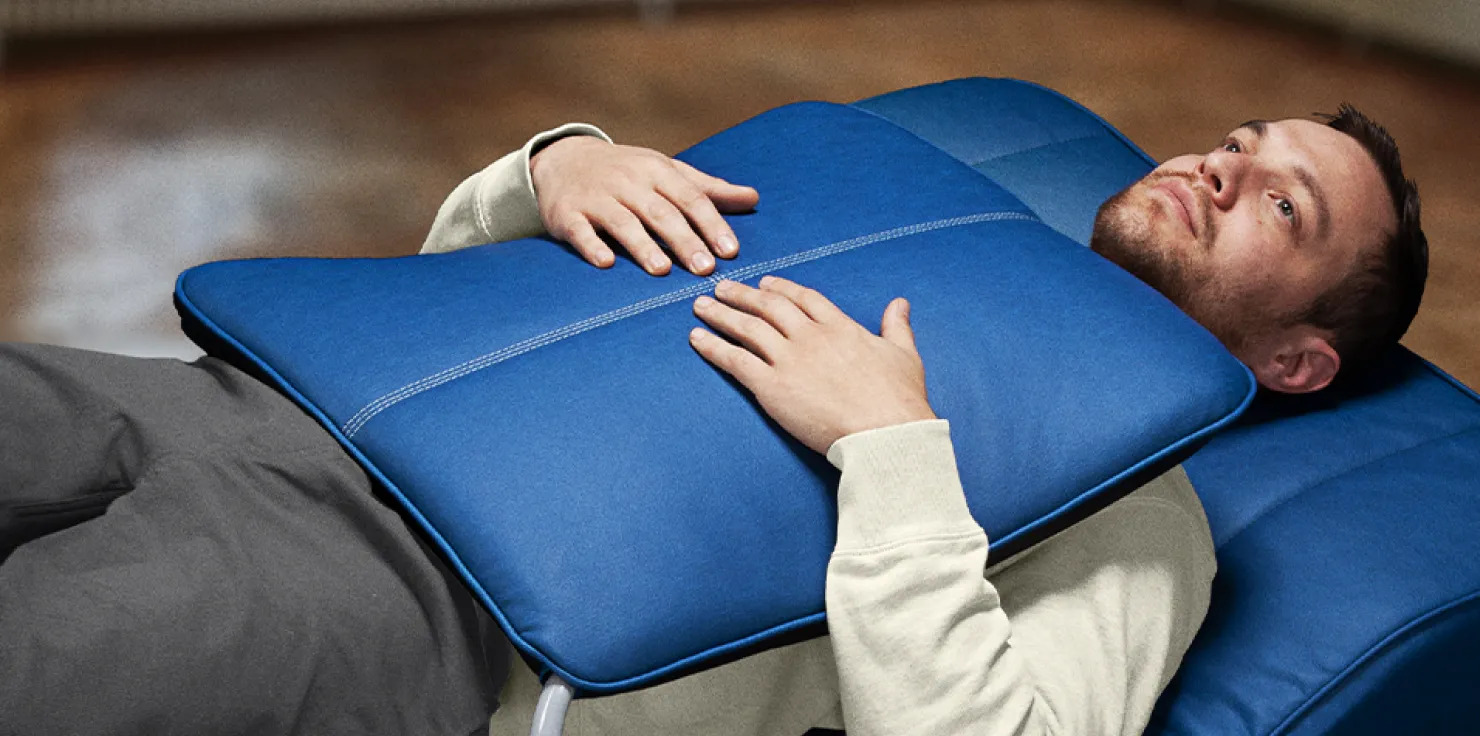PEMF Therapy in Stroke Rehabilitation: A Path to Recovery
PEMF Therapy in Stroke Rehabilitation: A Path to Recovery
Blog Article
Introduction to Stroke Rehabilitation
What is a Stroke? A stroke occurs when the blood supply to the brain is interrupted, leading to cell damage. This can be caused by a blockage in blood flow (ischemic stroke) or bleeding in the brain (hemorrhagic stroke). Common consequences include motor impairment, cognitive challenges, and speech difficulties.
The Importance of Rehabilitation Stroke rehabilitation focuses on helping survivors regain independence and improve their quality of life. Traditional methods such as physical therapy, occupational therapy, and speech therapy aim to restore function over varying recovery timelines.
Introducing PEMF in Stroke Rehabilitation PEMF (Pulsed Electromagnetic Field) therapy is emerging as a promising tool in stroke recovery. By enhancing cellular repair and promoting better circulation, PEMF may play a significant role in accelerating the rehabilitation process.

How PEMF Therapy Works
Science Behind PEMF Therapy PEMF therapy uses electromagnetic fields to stimulate cellular activity. This technology interacts with cells by boosting repair mechanisms, improving circulation, and encouraging neuroplasticity—the brain's ability to rewire itself after injury.
Benefits for Stroke Patients
- Improved Blood Flow: Enhances circulation to affected brain region
- Neural Repair: Supports brain cell regeneration
- Reduced Inflammation: Addresses tissue damage and promotes healing.
Safety and Suitability PEMF therapy is generally safe for stroke survivors, but it’s crucial to consult healthcare providers. Certain conditions, like pregnancy or pacemaker use, may require caution.
Key Benefits of PEMF in Stroke Rehabilitation
Motor Function Recovery Studies show that PEMF can enhance muscle function, particularly when combined with physical therapy. This integrated approach improves mobility and reduces muscle stiffness.
Cognitive and Neurological Improvements PEMF therapy supports neuroplasticity, aiding memory recovery and cognitive function. It fosters the brain's ability to rebuild neural connections, crucial for post-stroke recovery.
Pain Management and Muscle Spasticity Chronic pain and muscle stiffness are common post-stroke symptoms. PEMF has been shown to alleviate discomfort and reduce muscle spasms, enhancing overall comfort.
Psychological and Emotional Benefits Post-stroke depression and anxiety can hinder recovery. PEMF therapy promotes relaxation and emotional well-being, offering psychological support alongside physical healing.
Evidence and Research
Scientific Studies on PEMF for Stroke Recovery Research highlights the effectiveness of PEMF in reducing inflammation, improving mobility, and enhancing cognitive recovery. Testimonials from patients and therapists also underscore its transformative impact.
Comparisons with Other Therapies Unlike traditional tools like TENS or ultrasound, PEMF therapy penetrates deeper to stimulate cellular repair. It complements other rehabilitation methods, creating a holistic approach.
Emerging Trends in Stroke Rehabilitation Innovations in PEMF technology are integrating into remote therapy and telemedicine, making the therapy more accessible.
Implementing PEMF in Stroke Recovery
Types of PEMF Devices Suitable for Stroke Rehabilitation
- Portable Devices: Convenient for home use.
- Clinic-Grade Machines: Ideal for targeted applications.
- Accessories: Loops, mats, and applicators for specific areas.
Creating a Comprehensive Rehab Plan Combining PEMF therapy with physical, occupational, and speech therapy enhances recovery outcomes. A holistic plan that includes nutrition, exercise, and mental health support maximizes benefits.
Tips for Caregivers and Healthcare Providers Educating caregivers on PEMF application ensures safe and effective use. Regular monitoring of progress allows adjustments to treatment plans as needed.
Considerations and Precautions
Guidelines for Safe Use Stroke survivors should start with recommended frequencies and durations. Consulting a healthcare professional before initiating PEMF therapy is essential.
Potential Limitations PEMF may not be effective in every case. Managing expectations and addressing skepticism with evidence-based discussions are key.
Conclusion
PEMF therapy offers numerous benefits, including enhanced motor function, cognitive recovery, and emotional well-being, making it a powerful tool for stroke rehabilitation. Report this page